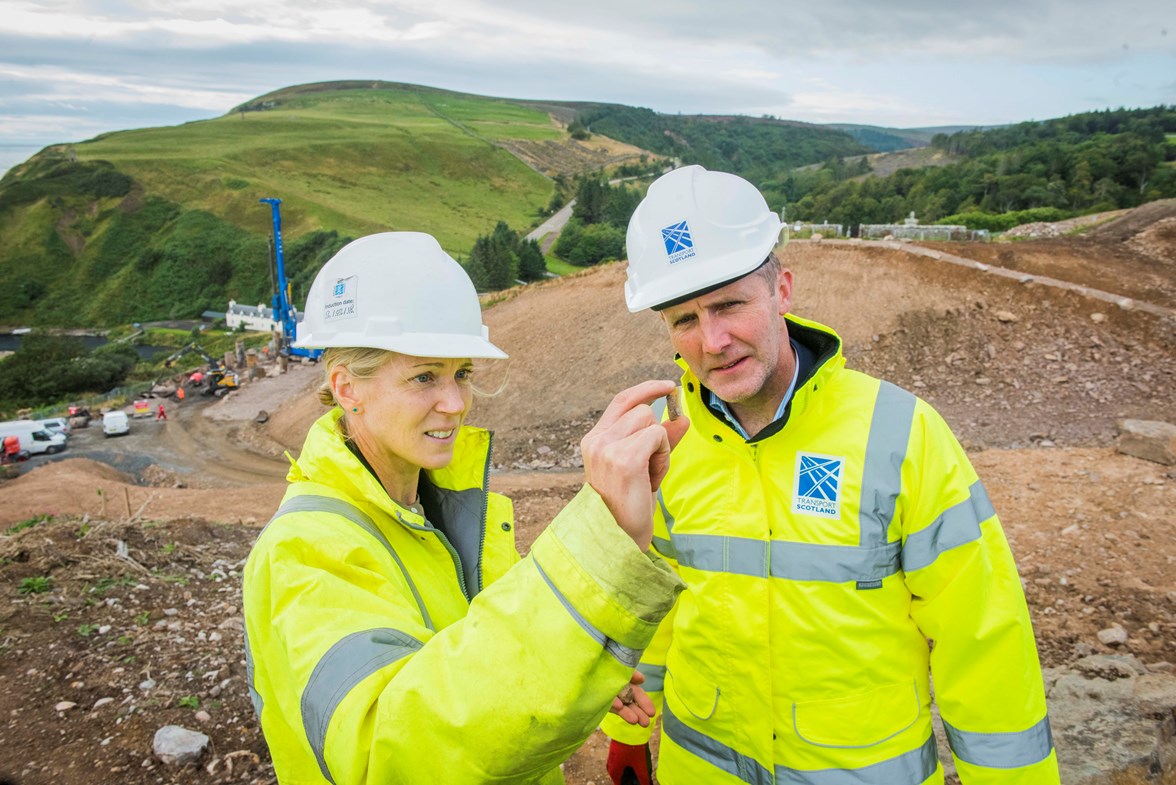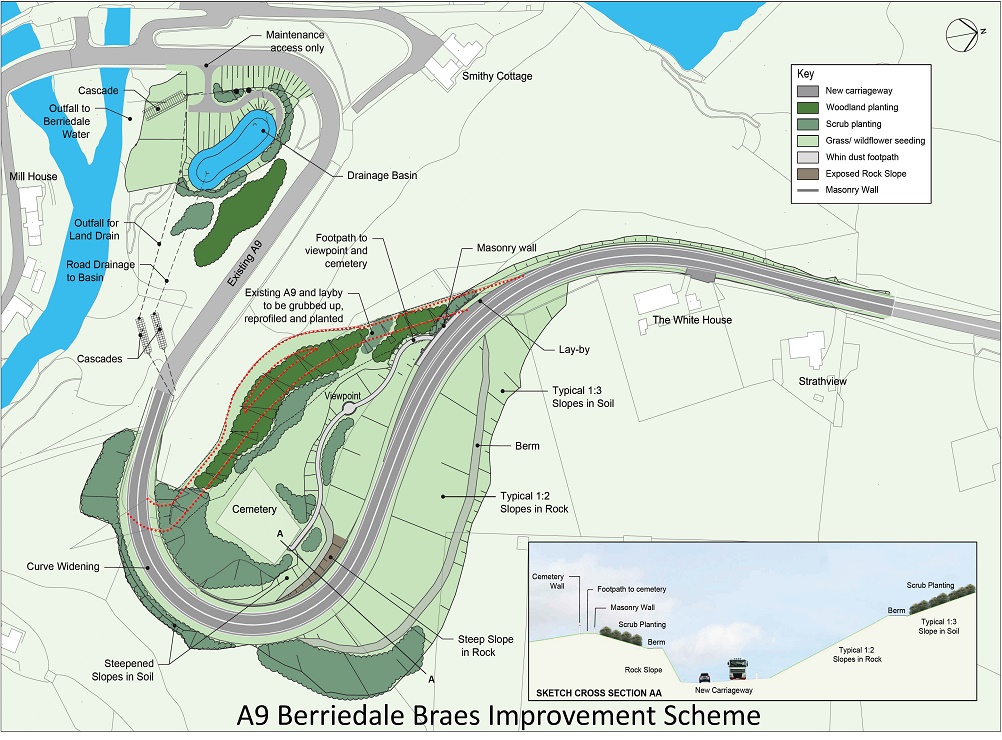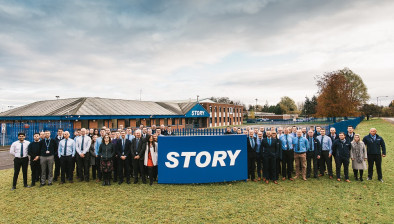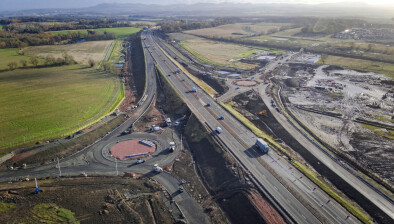And finally… The ancient artefacts of the A9
Ancient artefacts have been discovered during the archaeological excavations taking place before the initiation of the A9 Berriedale road scheme.

The cabinet secretary for transport, infrastructure & connectivity, Mr Michael Matheson, visited the £9.6 million A9 Berriedale Braes road improvement project of the A9 at Berriedale, north of Inverness to view some of the ancient finds discovered during the archaeological excavations.
Mr Matheson viewed the findings from the archaeological excavations which reveal that this area of the A9 was once the site of a seasonal camp dating back to the Mesolithic period in 6,000 BC.
Several flints and small tools were found which are believed to have been used for hunting, making animal hides and other daily tasks. Together with the remains of small shelters and fires, archaeologists believe that these artefacts provide information on the earliest humans living in Caithness.
Mr Matheson said: “The finds unearthed here at Berriedale Braes are truly fascinating and provide a rare glimpse into Scotland’s ancient past. Indeed, the archaeologists believe the finds are all that survive of some of the earliest traces of humans to have lived in the area and provide evidence of life in the far north of Scotland thousands of years ago. The discoveries which could have remained uncovered had works not progressed on the A9 Berriedale Braes project underline the importance of the value we place on meeting our environmental obligations as we plan and construct essential new infrastructure.”

During his visit, Mr Matheson also viewed the progress of the construction work to remove the notorious hairpin bend on the A9, which is due to finish next spring, subject to exceptionally adverse weather.
He also heard how RJ McLeod, the project contractor, is ensuring that environmental considerations are prioritised to minimise the effects of construction on the surrounding environment. Mr Matheson learned of RJ McLeod is using alternative techniques to remove rock and avoid disturbance to the nearby coastal bird colony during the breeding season.
Mr Matheson added: “Improving connectivity between rural communities and cities is critical to boosting productivity and competitiveness and I am delighted to be in Caithness today to see the significant progress that RJ McLeod has made in delivering this key safety improvement for road users in the north east of Scotland. Once complete, this project will deliver improved journey times and will remove the need for vehicles to slow down to negotiate the previous hairpin bend.”
The new archaeological finds will be showcased to the public at Dunbeath Heritage Museum in the coming weeks.















